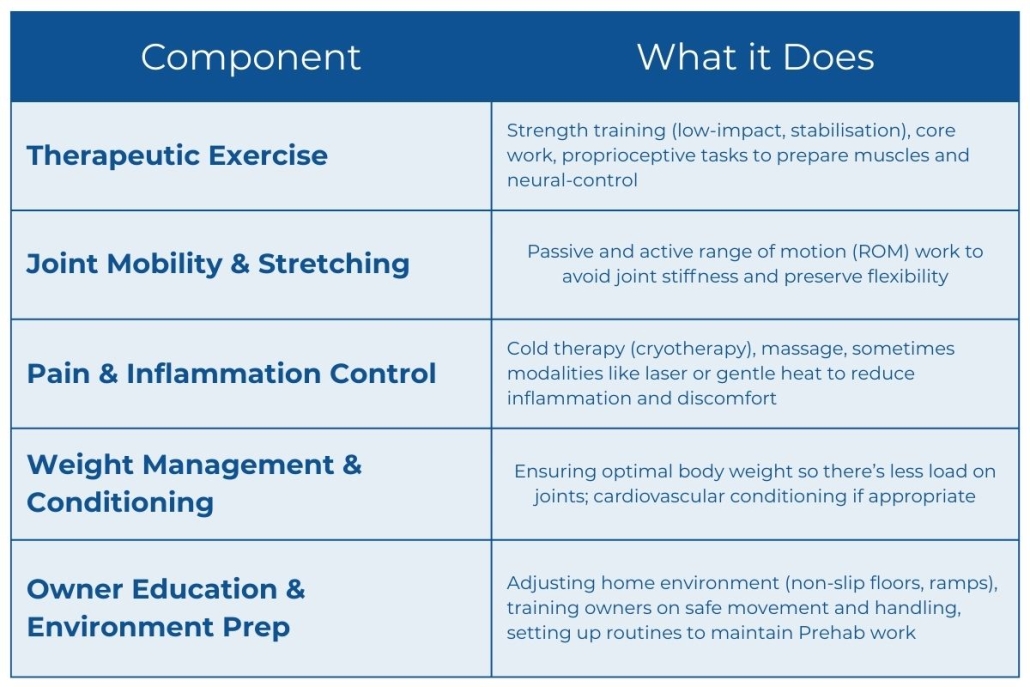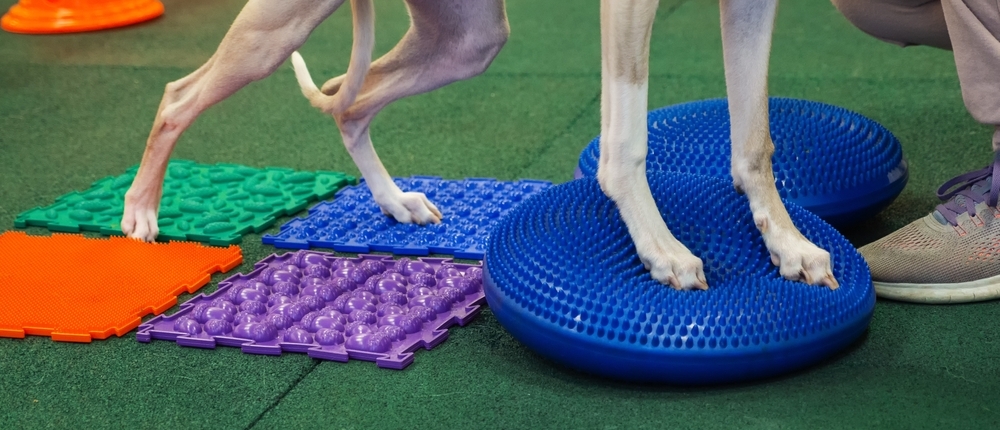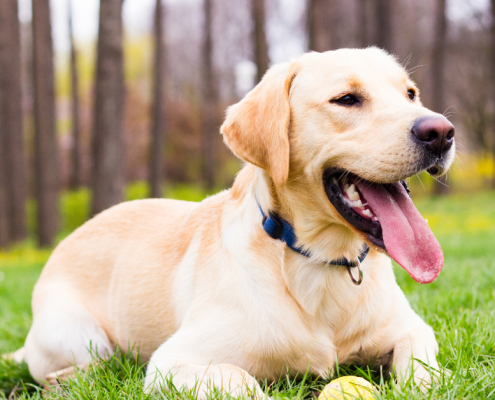When dogs face a cruciate injury or any musculoskeletal condition that will benefit from rehabilitation, getting them ready before formal rehab begins can make a real difference.
We call this phase Prehab.
At The Dog Mobility Clinic, Prehab helps dogs build strength, reduce risk, and speed recovery. Here’s what the research says, how it works, and when it’s right for your dog.
What is Prehab?
- Prehabilitation (Prehab) is a proactive program designed to improve the dog’s physical condition before surgery or intensive rehab begins.
- The goal is to minimise muscle loss, improve joint mobility, reduce pain, and enhance overall fitness, so the dog is in the best possible shape to handle surgery or intensive rehab.
Why Prehab Matters: Evidence & Benefits
While most literature focuses on rehab after injury or surgery, there is growing support in both human and veterinary medicine for pre-rehab. Some key findings:
-
In humans with ACL injuries, patients who receive prehab achieve better functional outcomes after surgery than those who do not. Early mobilization, strength training, and proprioceptive (balance/control) work all help. Faculty of Veterinary Medicine (UCVM)
-
In dogs, although direct studies on Prehab are more limited, we do know that early intervention helps prevent muscle atrophy, maintain joint range of motion, improve limb use, and reduce pain and swelling. Granting a dog better movement and strength before surgery sets the stage for better outcomes post-op. ResearchGate+4Canine Cruciate Registry+4academy.royalcanin.com+4
-
Veterinary rehab research confirms: delayed or absent rehabilitation often leads to poorer limb function, persistent gait abnormalities, stiffness, muscle loss, and increased risk of osteoarthritis. Early physical therapy (including Prehab-type elements) is correlated with improved recovery. academy.royalcanin.com+2Wiley Online Library+2

When is Prehab Appropriate?
Prehab may be useful in cases such as:
- Dogs with confirmed cruciate ligament injury but awaiting surgery.
- Dogs with degenerative joint disease (arthritic changes) who will later undergo surgery.
- Dogs with muscle wastage or weakness from chronic musculoskeletal conditions.
- Any case where surgery is planned and there is time (weeks) before surgery.
It’s less useful when emergency surgery is needed immediately, or when pain or instability makes prehab unsafe. In those cases, modified Prehab or immediate post-op rehab may be more applicable.
What Prehab Can’t Do (and What Owners Should Know)
- Prehab isn’t a substitute for surgery when surgery is needed; it doesn’t repair torn ligaments.
- Hormonal, structural, or anatomical issues still present risks; some component parts of recovery depend on the surgical outcome.
- Progress depends on consistency; owner compliance, regular supervised sessions, and appropriate adjustments are critical.
- The exact protocols (how much, how intense, what modalities) haven’t been fully standardised yet in veterinary medicine – each dog’s plan should be customised.
Our Approach: Prehab at The Dog Mobility Clinic
At The Dog Mobility Clinic, we integrate Prehab into our care for dogs expected to undergo cruciate surgery or other planned orthopaedic procedures.
What our Prehab includes:
- Assessment of current mobility, strength, body condition, and pain.
- A customised plan involving controlled exercises, mobility work, and gentle modalities suitable to the dog’s physical status.
- Collaboration with you, the owner: we teach what to do safely at home, set realistic goals, and monitor progress.
- Starting Prehab as early as possible before surgery (often 2-4 weeks, if time allows), while being careful not to exacerbate pain or instability.
What to Expect: Outcomes and Recovery
Dogs who undergo Prehab often:
- Experience faster return to weight bearing after surgery.
- Have less muscle atrophy and maintain better strength.
- Have improved joint motion, less stiffness.
- May have reduced pain and better comfort early after surgery.
- Often require fewer modifications post-op and generally have a smoother recovery.
Final Thoughts
Prehab is a powerful tool in our rehabilitation toolkit.
It shifts the focus from “fix after damage” to “prepare to heal better.”
If your dog is facing surgery or has a condition where rehabilitation will help, Prehab gives them a head start – better strength, better mobility, lower risk of complications, and often, better quality of life.
Want to Learn More?
If you’re considering Prehab for your dog – whether for upcoming surgery, or to manage an existing musculoskeletal condition – we’d be happy to walk you through what’s possible at The Dog Mobility Clinic. Every dog deserves a plan built around their needs.
Book your consultation to find out how Prehab could make the difference.






